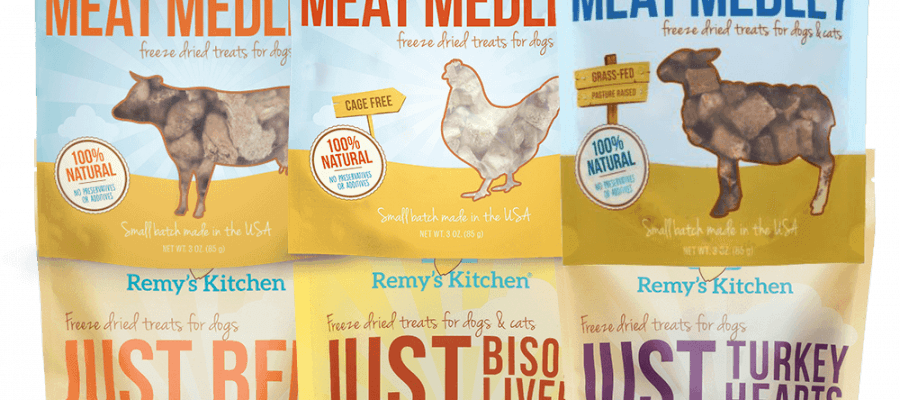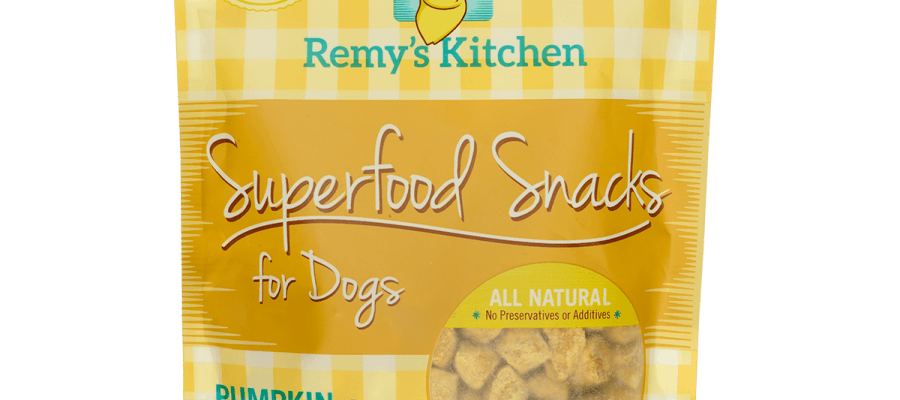
You’re doing your best. Reading every label. Googling late at night. Typing “dog food reviews” into search bars like your pup’s life depends on it—because, well, it kind of does.
Choosing the right food for your dog feels overwhelming enough. But when your furry best friend has a sensitive stomach, the stakes go up. One wrong scoop can mean days of tummy trouble—or worse. And yet, some of the most popular dog food brands out there are loaded with cheap fillers, questionable meats, and ingredients you wouldn’t feed to your worst enemy, let alone your dog.
In this article, we’ll dig into the dog food brands to avoid, what to look for when feeding a dog with a sensitive system, and how to store their food safely (because yes, how you store it matters too). Whether you’re a seasoned pet parent or still Googling “cat food near me” out of habit, we’ve got you covered.
Because when it comes to your dog’s health, choosing food isn’t just a routine—it’s a responsibility. And if your dog has a sensitive stomach, making the wrong choice isn’t just uncomfortable—it’s harmful. So let’s cut through the confusion and get straight to what really matters: safe, nourishing food that supports your dog from the inside out.
Why Some Dog Food Brands Just Aren’t Worth the Bowl
Let’s start with a tough truth: flashy packaging doesn’t equal quality nutrition.
Many of the dog food brands to avoid are household names. Why? Because they spend more on advertising than on the actual ingredients. And what’s inside? Often a not-so-glorious mix of meat by-products, mystery “meals,” heavy fillers like corn and soy, and synthetic additives that are hard to pronounce—and harder to digest.
For dogs with sensitive stomachs, these ingredients can cause serious discomfort:
- Gas that clears the room
- Loose stools that ruin your morning
- Skin issues and nonstop scratching
- Chronic digestive problems
It’s not about being picky—it’s about protecting your pup’s gut health.
Red Flags in Dog Food Reviews
You’ve seen it: a product with glowing five-star reviews… until you dig a little deeper.
Real pet parents in dog food reviews often mention subtle red flags. If you start seeing comments like “my dog wouldn’t touch it,” or “caused vomiting after a few days,” or “looked different than usual,” take that seriously.
Here are some warning signs to watch for:
- Frequent changes in formula with no announcement
- Reports of inconsistency in bag-to-bag quality
- Recalls (especially repeated ones!)
- Excessive fillers listed in top ingredients
- Lack of transparency about meat sourcing
And if the company is vague about where their food is made or what kind of meat is used? Run.
Another red flag is the overuse of vague claims like “premium,” “veterinarian approved,” or “natural.” These words sound reassuring but mean little without ingredient transparency or third-party testing. Watch out for brands that use them heavily yet provide minimal detail on sourcing or processing.
Also, notice how a brand handles complaints. Are they responsive? Do they take accountability? Or do they dismiss concerns and delete negative reviews? How a company treats its customers says a lot about how it handles your dog’s health. Pay attention—your dog’s stomach will thank you.
Ingredients That Don’t Belong in Dog Bowls
Let’s get specific. These ingredients are common in dog food brands to avoid, especially those marketed as “affordable” or “mainstream.”
BHA/BHT or ethoxyquin – artificial preservatives linked to health risks
Corn, soy, and wheat – cheap fillers that offer little nutrition and cause digestive issues in many dogs
“Meat” or “animal” meal – vague terms that could mean anything from feathers to hooves
Artificial colors and flavors – completely unnecessary and potentially harmful
Sugar – yes, some dog foods actually contain sugar
If your dog has a sensitive stomach, these ingredients aren’t just bad—they’re disastrous.
What to Look for in Dog Food for Sensitive Stomachs
Now that we know what to avoid, let’s talk about what to seek out.
The best dog food for sensitive stomachs is:
- Made with a single, clearly named protein source (like turkey or lamb)
- Free from artificial additives or preservatives
- Grain-free or made with gentle grains like oatmeal or rice
- Limited ingredient in nature—short list, high quality
- Freeze-dried or gently cooked to preserve nutrients and ease digestion
Freeze-dried treats and meals, in particular, are excellent for sensitive stomachs—if they’re made right. Some brands still sneak in gums, binders, or hidden grains. That’s why Remy’s Kitchen stands out: no baking, no bulking agents, just real meat and superfoods freeze-dried to lock in nutrition while staying easy on your pup’s gut.
Dog Food Storage: Why It Matters More Than You Think
You buy the right food—great. But then what?
Even the best food can go bad if it’s not stored properly. And for dogs with sensitive stomachs? One whiff of rancid fat or mold can send them straight into tummy turmoil.
So, let’s talk dog food storage. Here’s how to do it right:
- Use an airtight container (not just a fold-and-clip bag)
- Keep the food in its original bag inside the container for an extra layer of protection
- Store in a cool, dry place—never near heat or moisture
- Don’t buy more than you can use within 4–6 weeks
A well-sealed dog food storage container prevents exposure to air, light, pests, and temperature swings—all of which can degrade food quality fast. Bonus: it keeps your pantry from smelling like a pet store.
Also, make a habit of checking expiration dates when you buy—and again before you serve. Rotate stock if you have multiple bags, and don’t top off new food on top of old. That’s how contamination hides.
If your dog’s suddenly avoiding their bowl or seems queasy, don’t just blame the food formula—check how you’re storing it. Sometimes, the problem isn’t what you’re feeding, but how you’re handling it.
Why Sensitive Stomachs Are More Common Than You Think
Think your dog’s tummy issues are rare? Think again.
More and more pet parents are discovering that their dogs struggle with commercial foods. Why? Overprocessing, poor-quality meat, and overexposure to synthetic ingredients are all contributors. Dogs’ digestive systems are delicate, especially when exposed to foods their bodies weren’t designed to handle.
If your dog is frequently gassy, has soft or irregular stools, or is constantly licking their paws or scratching—these could all be symptoms of a sensitive stomach triggered by poor-quality food.
Your vet may recommend trying an elimination diet, switching to a freeze-dried formula, or cutting out grains entirely. Whatever the approach, the first step is ditching the dog food brands to avoid—the ones that keep sneaking in low-grade ingredients.
Many pet parents don’t even realize their dog’s discomfort is food-related until they make the switch. Once you clean up the diet, things often improve quickly—less itching, firmer stools, and a happier, more energetic pup.
What About Cat Food? Should Dogs Be Eating It?
If you’re reading this after Googling “cat food near me” and considering a last-minute bowl swap—don’t.
Even if you’re out of dog food, feeding cat food to your pup is a risky shortcut. It’s higher in fat and protein, formulated for feline digestion, and lacks the fiber and nutrients dogs need. One small bite in a pinch? Maybe. But consistently? No way.
Feeding your dog cat food—even the high-end stuff—can lead to serious issues like pancreatitis, obesity, and chronic nutrient imbalances. Always keep the right food for each pet—and the right storage system to avoid mix-ups.
It’s easy to assume pet food is interchangeable, but dogs and cats are biologically different animals with very different dietary needs. What works for one can seriously harm the other. If you ever run out of food, it’s better to offer a bland, homemade dog-safe meal temporarily than risk feeding a formula designed for a completely different species.
Final Word—You Are What You Eat (and So Is Your Dog)
At the end of the day, your dog’s health starts with what you put in their bowl. And sadly, not all dog food brands are created with your pet’s wellness in mind.
Knowing which dog food brands to avoid means you’re one step closer to protecting your dog’s digestive system, energy, coat health, and long-term vitality. From understanding red-flag ingredients to using the right dog food storage techniques, it all adds up to smarter, safer mealtimes.
Sensitive stomachs aren’t a curse—they’re a signal. A nudge to slow down, read the label, and choose foods that truly nourish. Your dog doesn’t need more options—they need better ones.
Choose thoughtfully. Feed intentionally. And when in doubt, go with what’s real, simple, and backed by integrity—just like Remy’s Kitchen.




